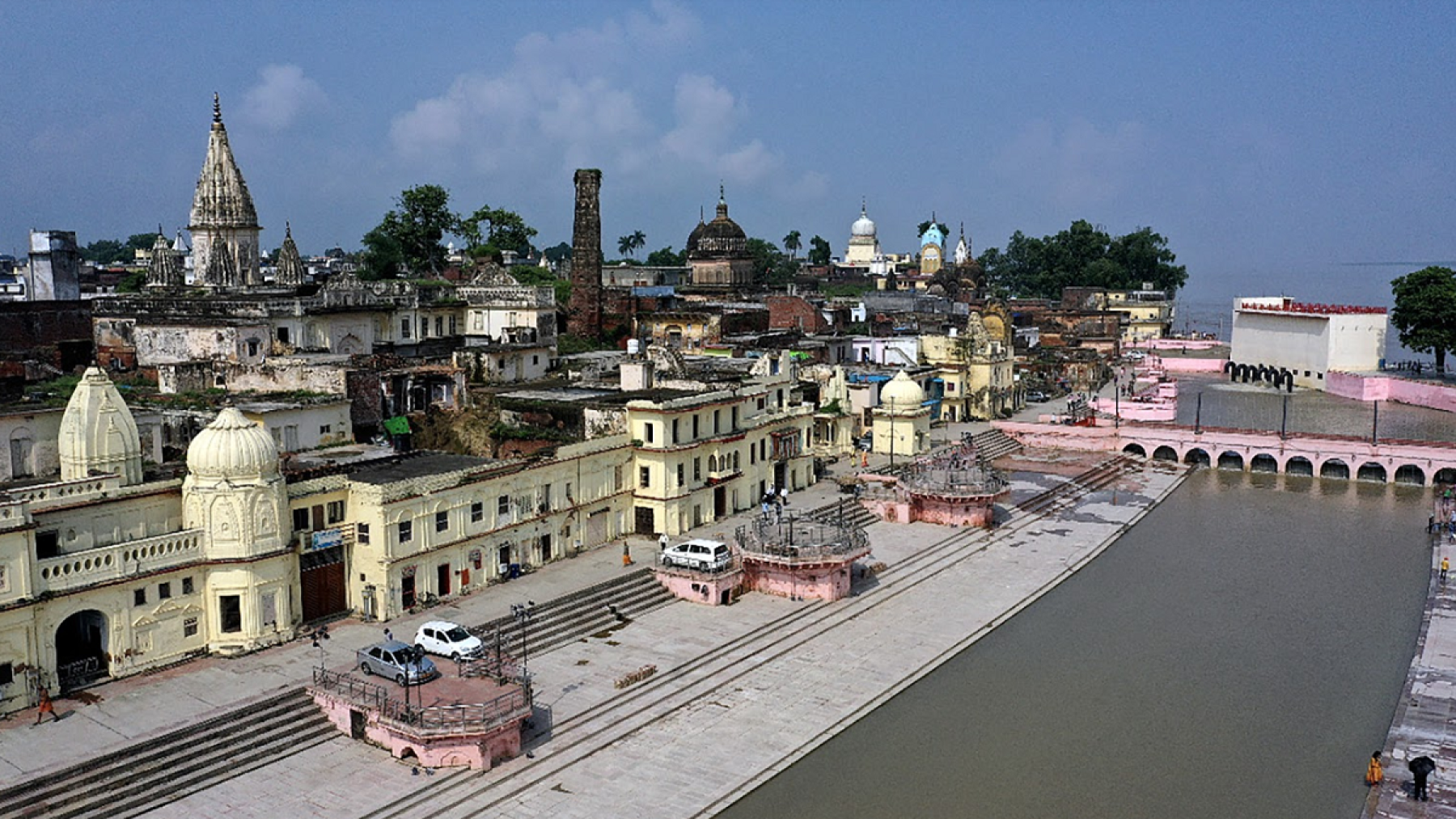Ayodhya Dham is a city that transcends religious boundaries, fostering a unique tapestry of interfaith harmony. As a pilgrim in this sacred land, understanding and embracing the diversity of faiths can deepen your connection with the spiritual essence of Ayodhya. This guide explores the interfaith harmony prevalent in Ayodhya and how it enriches the pilgrimage experience.
1. Shared Spiritual Heritage: Ayodhya is not only the birthplace of Lord Rama in Hinduism but also holds significance in other religious traditions. It is believed to be associated with events from the life of Prophet Ibrahim in Islam. Recognizing the shared spiritual heritage fosters an environment of mutual respect and unity among people of different faiths.
2. Coexistence of Temples and Mosques: One of the remarkable features of Ayodhya is the coexistence of temples and mosques. While the city is predominantly known for its Hindu temples, there are also significant Islamic sites. The integration of different religious structures reflects the spirit of coexistence and acceptance, creating a unique and harmonious religious landscape.
3. Pilgrimage for All: Ayodhya welcomes pilgrims from various faiths, embracing the idea that spirituality knows no religious boundaries. Pilgrims, whether Hindu, Muslim, or followers of other faiths, visit Ayodhya to seek blessings, find solace, and experience the profound spirituality that pervades the city. This inclusivity contributes to the city’s reputation as a symbol of religious harmony.
4. Joint Celebrations and Festivals: Ayodhya celebrates various festivals with grandeur, and these celebrations often bring together people from diverse faiths. Events like Diwali and Eid are occasions when the city resonates with the joy of shared festivities. Pilgrims and locals alike participate in these joint celebrations, fostering a sense of camaraderie and unity.
5. Common Devotion: The devotion to the divine is a common thread that binds people of different faiths in Ayodhya. Pilgrims may find themselves joining in the devotional atmosphere of a temple or mosque, regardless of their religious background. This shared reverence creates an environment where diversity is celebrated, and commonality is acknowledged.
6. Respectful Interaction: During your pilgrimage in Ayodhya, engage in respectful interactions with people from diverse faiths. Share stories, experiences, and moments of reflection with fellow pilgrims, whether at a temple, mosque, or any other sacred site. These interactions contribute to the rich tapestry of Ayodhya’s spiritual community.
Ayodhya Dham stands as a living example of interfaith harmony, where the diversity of religious traditions converges into a harmonious whole. As a pilgrim, recognizing and embracing this diversity enhances the spiritual journey, fostering a sense of unity that goes beyond religious affiliations. May your pilgrimage in Ayodhya be an enriching experience, celebrating the shared spiritual heritage that unites all who seek the divine in this sacred city.




